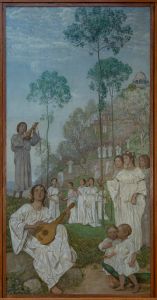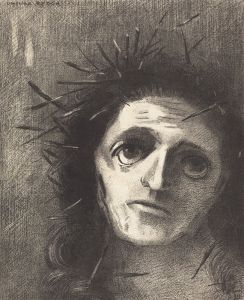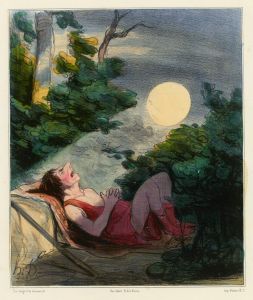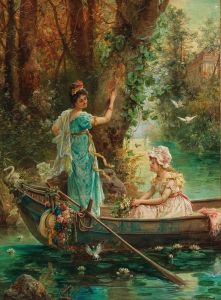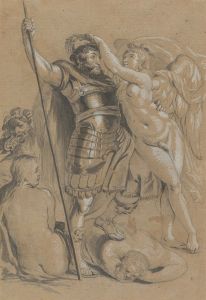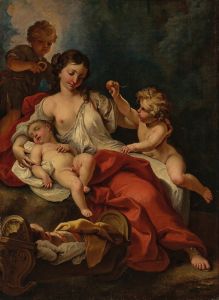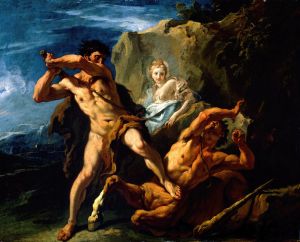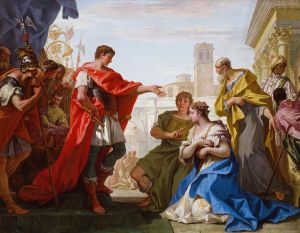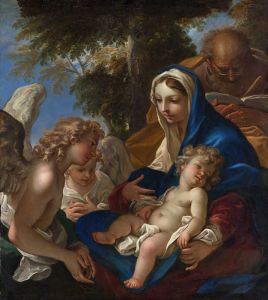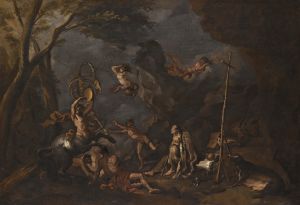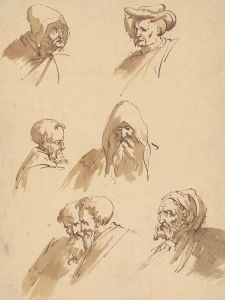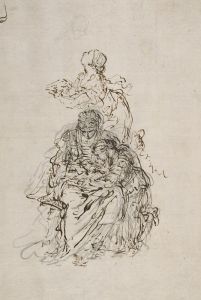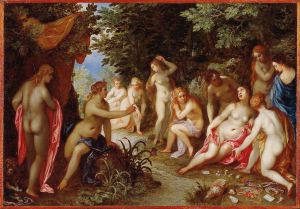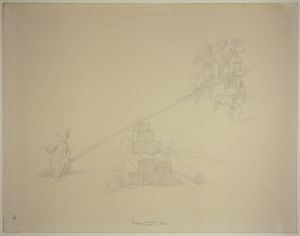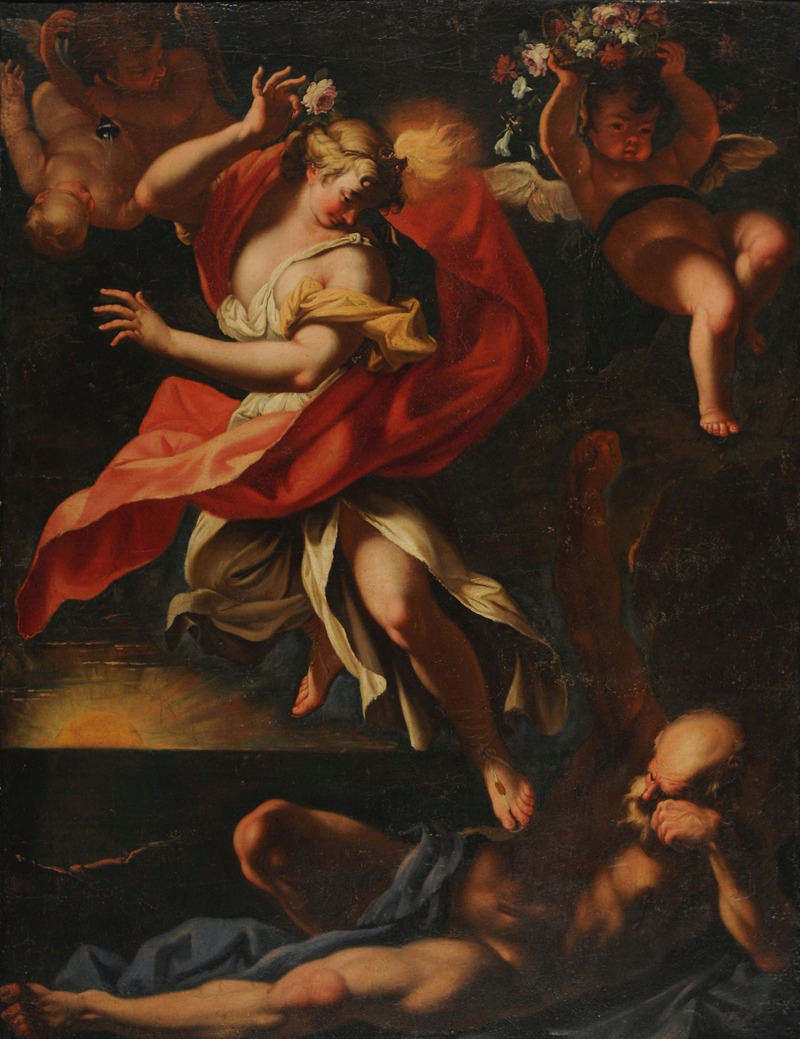
Aurora y Thyton
A hand-painted replica of Sebastiano Ricci’s masterpiece Aurora y Thyton, meticulously crafted by professional artists to capture the true essence of the original. Each piece is created with museum-quality canvas and rare mineral pigments, carefully painted by experienced artists with delicate brushstrokes and rich, layered colors to perfectly recreate the texture of the original artwork. Unlike machine-printed reproductions, this hand-painted version brings the painting to life, infused with the artist’s emotions and skill in every stroke. Whether for personal collection or home decoration, it instantly elevates the artistic atmosphere of any space.
Sebastiano Ricci was an Italian painter of the late Baroque period, known for his vibrant compositions and dynamic use of color. One of his notable works is "Aurora y Thyton," a painting that exemplifies his mastery in capturing mythological themes with a sense of movement and drama.
Sebastiano Ricci was born on August 1, 1659, in Belluno, Italy. He trained in Venice and became one of the leading figures in the Venetian school of painting. Ricci's work is characterized by its lively compositions, rich color palette, and the influence of both Venetian and Roman artistic traditions. He was known for his ability to blend the grandeur of Baroque art with the elegance and grace of the Rococo style, which was emerging during his lifetime.
"Aurora y Thyton" is a testament to Ricci's skill in depicting mythological subjects. The painting illustrates the story of Aurora, the Roman goddess of dawn, and Tithonus, a mortal prince. According to mythology, Aurora fell in love with Tithonus and asked Zeus to grant him eternal life. However, she forgot to request eternal youth, leading to Tithonus aging perpetually. This myth has been a popular subject in art, symbolizing the fleeting nature of time and beauty.
In Ricci's depiction, Aurora is often portrayed as a radiant figure, symbolizing the arrival of dawn and the renewal of day. The composition likely captures the moment of Aurora's ascent, with Tithonus by her side, enveloped in the soft, glowing light that Ricci skillfully renders. The use of light and shadow in the painting creates a sense of depth and movement, drawing the viewer into the mythological narrative.
Ricci's technique in "Aurora y Thyton" reflects his Venetian roots, with a focus on color and light that was characteristic of the Venetian school. His brushwork is fluid and expressive, capturing the ethereal quality of the mythological scene. The figures are elegantly posed, with a sense of grace and dynamism that is typical of Ricci's style.
Throughout his career, Sebastiano Ricci worked in various Italian cities, including Venice, Florence, and Rome, as well as abroad in England and France. His work was highly sought after by patrons across Europe, and he contributed to the decoration of numerous churches, palaces, and public buildings. Ricci's influence extended beyond his lifetime, impacting the development of Rococo art in the 18th century.
"Aurora y Thyton" is a fine example of Ricci's ability to convey complex mythological themes with clarity and beauty. The painting not only showcases his technical prowess but also his deep understanding of the symbolic and narrative potential of mythological subjects. Ricci's work remains an important part of the Baroque and Rococo artistic legacy, celebrated for its vitality, elegance, and emotional depth.
Sebastiano Ricci passed away on May 15, 1734, in Venice, leaving behind a rich body of work that continues to be studied and admired for its contribution to the art of the Baroque period. His paintings, including "Aurora y Thyton," remain significant for their artistic innovation and their ability to capture the imagination of viewers through the ages.





